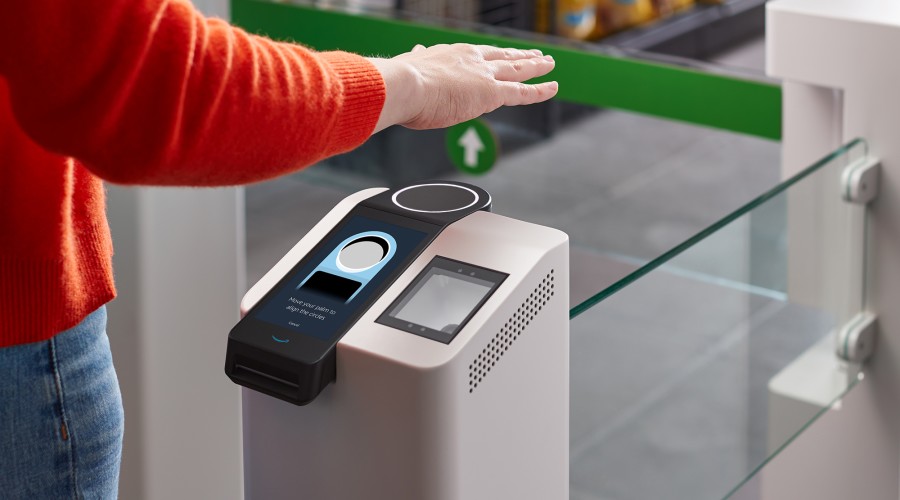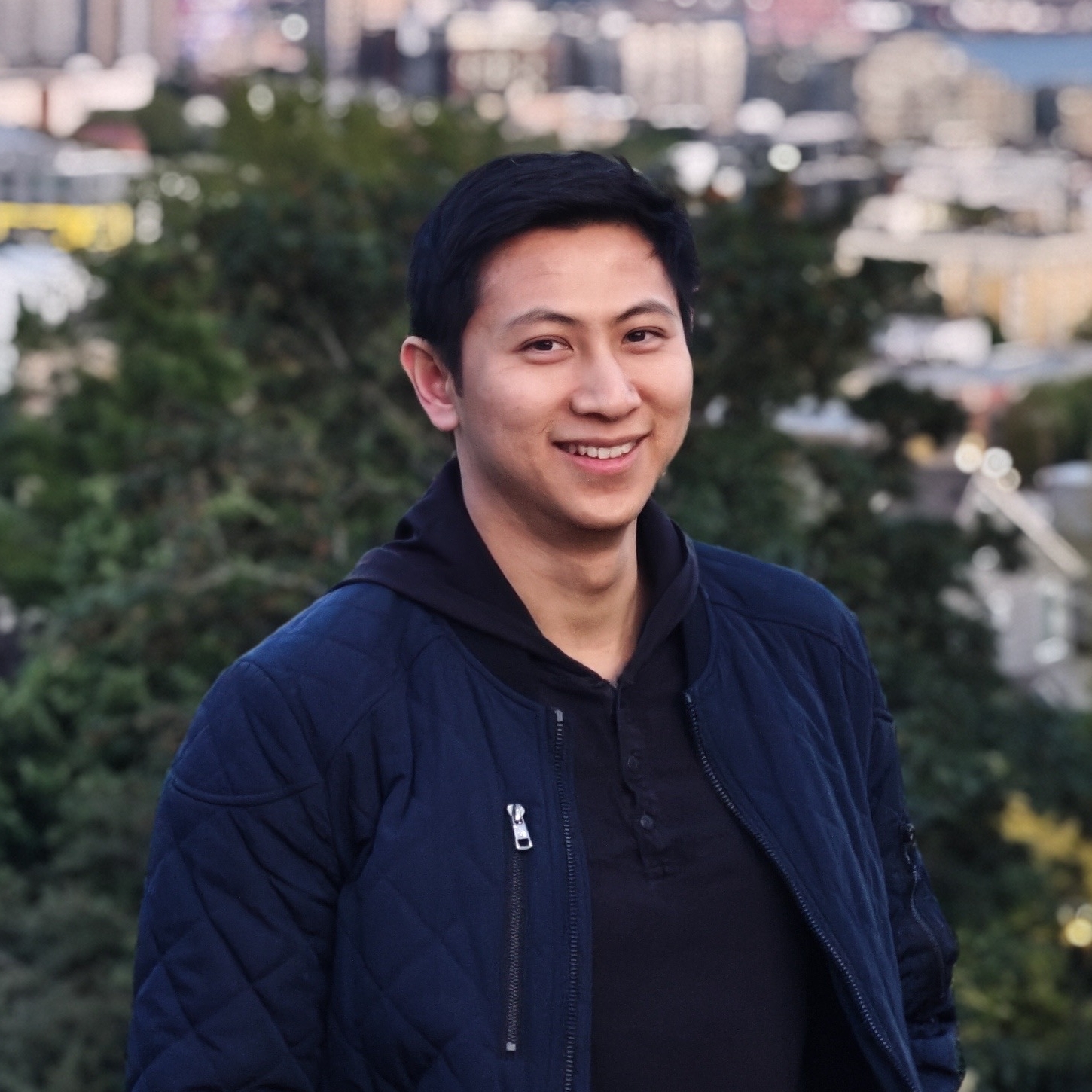Behind the Innovation: My Work on Amazon One
Published:
I am excited to share my experience working on the Amazon One, an innovative identity service that uses people’s palm for payment, entry, and more. As a member of the research team that developed and launched Amazon One, I had the opportunity to contribute to this groundbreaking technology in significant ways.
One of my contributions to the project was inventing an architecture that utilized various modalities of sensor data for automated user identification, which was later filed for a U.S. patent. This architecture allowed us to collect data from multiple sources to build a unique profile for each user in real time. By combining these modalities of data, we could increase the accuracy of the identification system while maintaining the user’s privacy.
In addition, I also invented a mechanism to update identification data in automated user-identification systems, which was also filed for a U.S. patent. This mechanism allowed us to easily and securely update user profiles as necessary, ensuring that the identification system remained current and accurate over time.
Today, customers can use Amazon One as an entry option at two of our Amazon Go stores in Seattle—the original Amazon Go store at 7th & Blanchard and our store in South Lake Union at 300 Boren Ave. North. It takes less than a minute to sign up at these stores using an Amazon One device.
To enroll, customers insert their credit card and hover their palm over the device, allowing our computer vision technology to build a unique palm signature in real time. Customers can choose to enroll with one palm or both, and once enrolled, they can use Amazon One to enter these Amazon Go stores with just a quick scan of their palm.
As someone who worked on this project from its early stages, I am thrilled to see Amazon One now available to customers. I am proud to have contributed to a technology that makes everyday activities effortless and brings us one step closer to a seamless, frictionless future.

